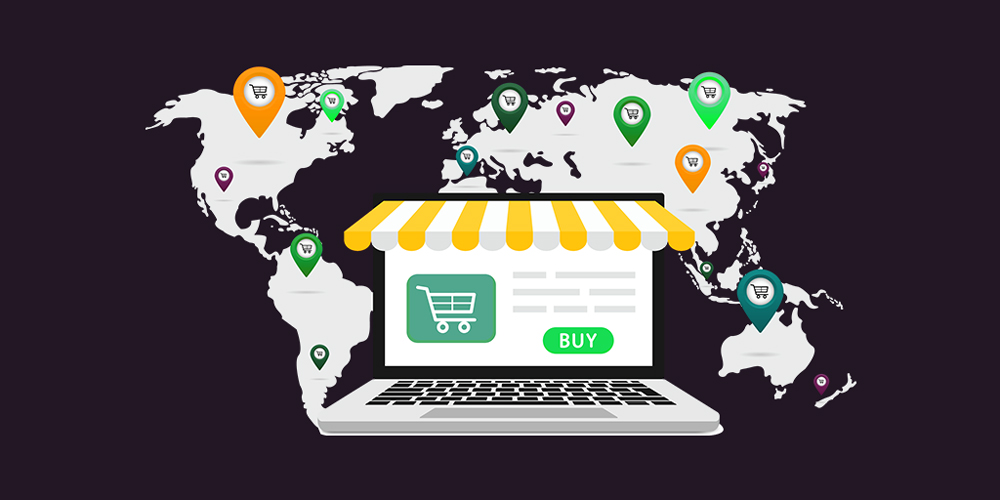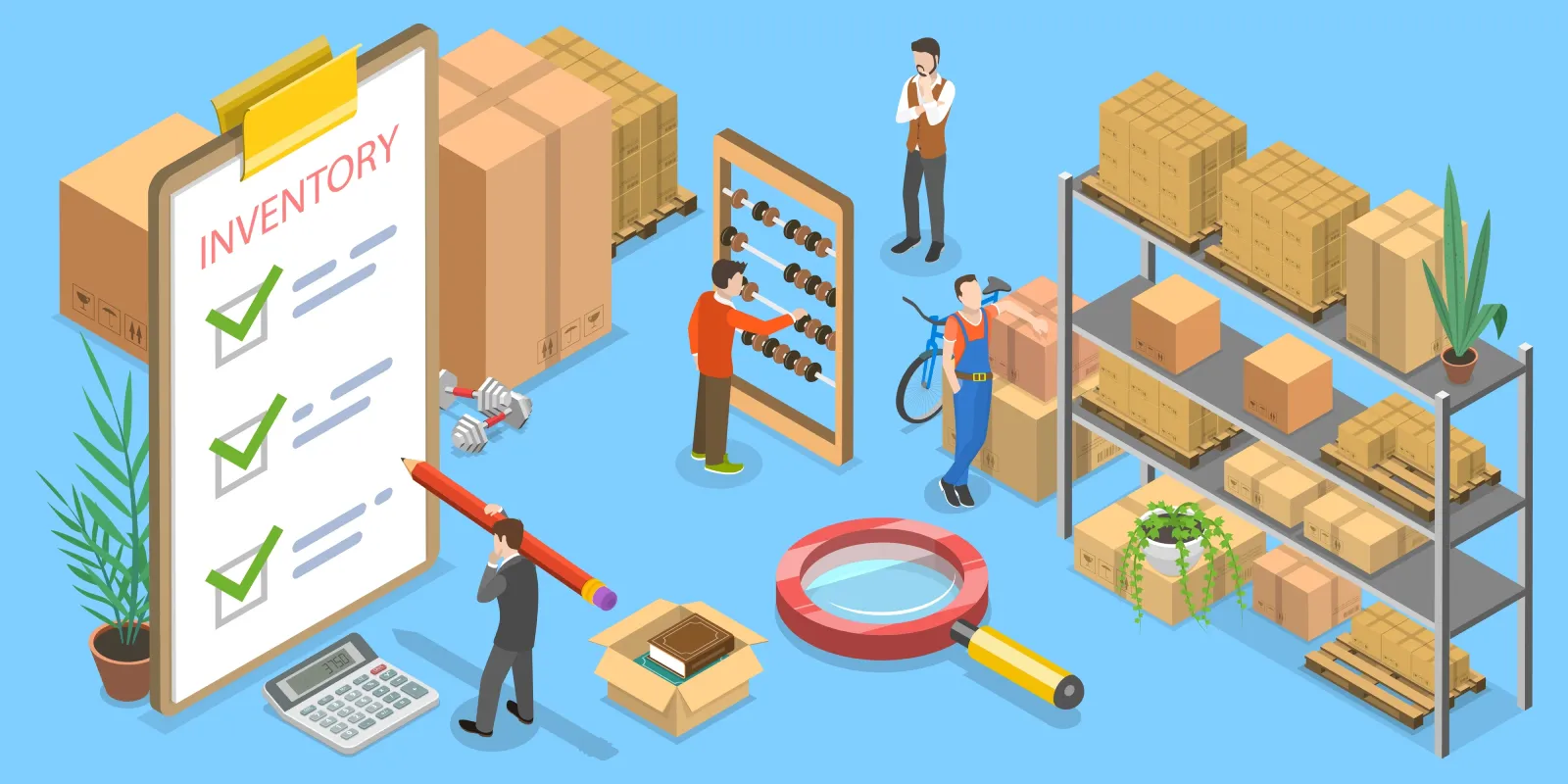Blockchain in Cross-Border E-commerce Logistics: Security and Transparency
Blockchain in cross-border e-commerce logistics is revolutionizing the management, verification, and security of global shipments. As international trade becomes increasingly complex, businesses face growing challenges in maintaining data accuracy, ensuring customs compliance, and preventing fraud. Blockchain technology offers a transparent and tamper-proof solution that enables companies to streamline logistics while fostering trust among suppliers, carriers, and customers.
This article examines how blockchain technology enhances e-commerce logistics systems, improves data integrity, and fosters transparency in cross-border e-commerce operations — and how platforms like PostalParcel can leverage blockchain features to deliver smarter, safer global shipping.

1. Why Blockchain Matters in Cross-Border E-commerce Logistics
Global supply chains involve many parties: manufacturers, freight forwarders, customs brokers, and local delivery services. Each handoff creates a new record, which can easily lead to confusion or manipulation. Blockchain in cross-border e-commerce logistics addresses this issue by recording every transaction and shipment event on a distributed ledger.
1.1 Security in a Decentralized Global Shipping System
Unlike traditional databases stored in one location, blockchain distributes records across multiple nodes. This decentralization means no single party can alter data without consensus. Each shipment update—whether it’s a scanned barcode or customs clearance—is verified, encrypted, and time-stamped. This level of transparency drastically reduces the risk of fraud and data tampering.
1.2 Real-Time Tracking with Verified Data
Blockchain ensures that tracking data comes directly from trusted sources. Every update is validated through the network, so e-commerce logistics managers can see verified shipment progress instead of relying on delayed or unreliable carrier reports. Combined with PostalParcel’s tracking technology, blockchain enhances both real-time visibility and data trustworthiness.
2. How Blockchain Enhances Supply Chain Transparency and Trust
Transparency is a major concern in international e-commerce logistics. Buyers and sellers often struggle with inaccurate tracking, lost packages, or customs delays. Blockchain technology eliminates these issues by creating a single source of truth accessible to all stakeholders.
2.1 Shared Access for All Supply Chain Partners
Everyone involved in a shipment—from manufacturers to end customers—can access verified records without relying on a single central authority. Each participant sees the same real-time data, which reduces misunderstandings and speeds up decision-making.
2.2 Eliminating Hidden Costs and Disputes
When every transaction is traceable, it’s easier to identify the exact cause of delays or extra fees. This transparency allows businesses to hold carriers accountable and resolve disputes quickly. It also minimizes the chances of double billing or customs fraud.
2.3 Strengthening Brand Reputation

In the age of global e-commerce, customers value transparency. Brands that offer blockchain-backed tracking gain a competitive advantage. They can prove the authenticity of deliveries, show environmental data, and provide traceable proof of ethical sourcing — all key factors for modern buyers.
3. Enhancing Data Security Across Borders
3.1 Protection Against Cyber Threats
Cross-border e-commerce logistics systems handle sensitive data such as invoices, payment details, and personal customer information. Blockchain adds an extra layer of protection by encrypting each record. Since information is stored across multiple nodes, hackers cannot access or modify data from a single point.
3.2 Immutable Transaction Records
Once a shipment record is entered on the blockchain, it cannot be changed. This immutability ensures data integrity across the supply chain. Customs agencies, financial institutions, and logistics providers can trust that every entry is accurate and verifiable.
3.3 Secure Smart Contracts
Blockchain also enables smart contracts — automated agreements that trigger actions when specific conditions are met. For example, once a package clears customs, a smart contract can automatically release payment to the carrier. This automation prevents manual errors and accelerates transactions.
4. Blockchain and Customs Efficiency
Customs clearance is often the slowest part of cross-border logistics. Paper-based documentation, inconsistent data formats, and manual verification create major bottlenecks. Blockchain simplifies this process.
4.1 Digitized Customs Records
Instead of submitting physical forms, customs authorities can access verified blockchain data instantly. Shipment details, product origins, and invoices are stored securely, eliminating the need for repetitive paperwork and associated delays.
4.2 Fraud Prevention and Compliance
Blockchain helps detect and prevent fake declarations or undervalued invoices. Since all shipment details are transparent and time-stamped, customs officers can quickly verify the data and flag any inconsistencies.
4.3 Faster Cross-Border Movement

When documentation and compliance checks are automated, shipments pass through customs faster. Businesses can reduce storage costs at ports, shorten delivery times, and improve customer satisfaction.
5. Integrating Blockchain with PostalParcel’s Logistics System
5.1 Unified Data Infrastructure
PostalParcel can integrate blockchain technology into its logistics platform to enhance visibility across international carriers. Every shipment event—from dispatch to delivery—would be logged on a secure blockchain ledger, viewable by merchants, couriers, and customers alike.
5.2 Blockchain-Powered Tracking Verification
When combined with PostalParcel’s real-time tracking, blockchain ensures multiple network nodes validate every update. This prevents false delivery scans or inaccurate route reports, which often occur in traditional systems.
5.3 Enhancing Trust for Global Merchants
For small and mid-size sellers entering international markets, blockchain provides credibility. Customers from different regions can track their orders and confirm authenticity through the immutable ledger, reducing refund claims and disputes.
6. The Business Impact of Blockchain Adoption
6.1 Reducing Operational Costs
While blockchain may seem complex, it often lowers long-term costs. Automating verification and documentation saves administrative labor. Smart contracts eliminate the need for third-party intermediaries, enabling direct and secure transactions between shippers and carriers.
6.2 Better Risk Management

With blockchain, businesses gain full visibility into their global supply chain. They can detect disruptions early, monitor supplier reliability, and prepare contingency plans. This proactive approach minimizes losses from delayed or lost shipments.
6.3 Strengthening Collaboration Among Partners
Shared blockchain data fosters collaboration among logistics providers, retailers, and customs agencies. Because all stakeholders trust the same data, coordination becomes faster and smoother. This network transparency also encourages more partnerships within the global logistics ecosystem.
7. Sustainability and Ethical Transparency
Blockchain doesn’t just improve efficiency—it also supports environmental and ethical goals.
7.1 Tracking Carbon Footprint
Each shipment record can include environmental data such as carbon emissions, route distance, and energy consumption. This helps businesses track their sustainability performance and communicate green initiatives to customers.
7.2 Verifying Ethical Supply Chains
In industries such as fashion or food, blockchain enables brands to verify the origins of their products. Customers can trace materials from source to delivery, ensuring ethical sourcing and fair labor practices across borders.
7.3 Supporting Government Sustainability Programs
Governments and regulatory agencies can use blockchain data to monitor global trade compliance with sustainability standards, promoting cleaner and more responsible supply chains.
8. Challenges and Future Outlook
8.1 High Implementation Costs
Adopting blockchain in cross-border logistics requires system upgrades and staff training. Smaller businesses may face initial expenses, but over time, operational savings outweigh the cost.

8.2 Interoperability Between Systems
For blockchain to reach its full potential, it must connect with existing logistics platforms and customs databases. Global collaboration and unified data standards will be key to large-scale adoption.
8.3 Growing Market Adoption
More logistics leaders, including major postal services and freight companies, are testing blockchain-based systems. As technology matures and integration becomes simpler, wider adoption will make blockchain the backbone of international logistics networks.
9. Real Examples of Blockchain in Action
9.1 Maersk and IBM TradeLens
Maersk’s collaboration with IBM launched TradeLens, a blockchain-based platform that records shipping data and documentation in real time. It has successfully reduced paperwork and improved customs transparency for over 150 ports.
9.2 DHL’s Blockchain Pilot
DHL tested blockchain to track pharmaceutical shipments, ensuring temperature control and authenticity throughout the delivery process. This model shows how blockchain ensures safety and regulatory compliance across borders.
9.3 PostalParcel’s Vision
PostalParcel aims to leverage similar blockchain innovation to improve cross-border transparency for e-commerce sellers. Its integration roadmap includes verified delivery data, smart contracts for shipping payments, and traceable international routes—all visible through a single interface.
10. The Future of Blockchain in Cross-Border Logistics
Blockchain in cross-border e-commerce logistics is not just an emerging trend—it’s becoming a new standard for trust and efficiency. As transparency becomes a global priority, blockchain ensures that every shipment record is accurate, accessible, and tamper-proof.
For businesses using PostalParcel, the combination of blockchain technology and real-time tracking offers a powerful edge. It transforms logistics from a complex, opaque process into a secure, transparent system that drives growth and customer confidence.
Industry Insights
news via inbox
Nulla turp dis cursus. Integer liberos euismod pretium faucibua








